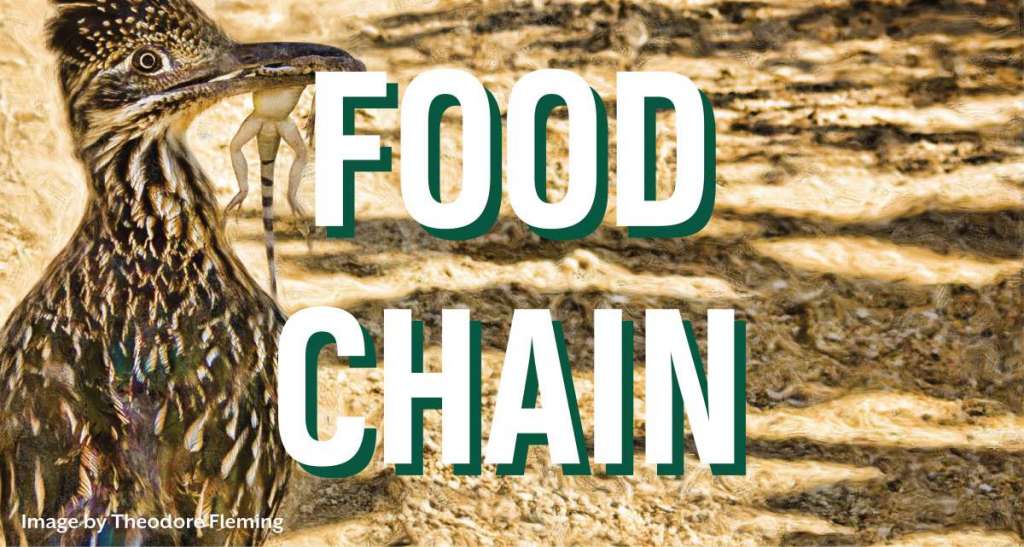Though you may not have heard of it before, “Citizen Science” isn’t new. In fact, our founding fathers were known to dabble – George, Thomas, and Ben conscientiously recorded weather observations. Today, there are still weather data collectors, and bird counters and lake measurers and butterfly taggers.
The EPA (Environmental Protection Agency) may list the benefits of this very egalitarian enterprise as the collection of data that would otherwise be unobtainable, the leveraging of limited resources and the building of relationships. But really, it’s about lifelong learning, that empowering, voluntary and very personal desire to stay connected to the world while broadening our understanding of it.
Day 1 – What is Citizen Science?
National Geographic

Citizen Science is Transforming Research
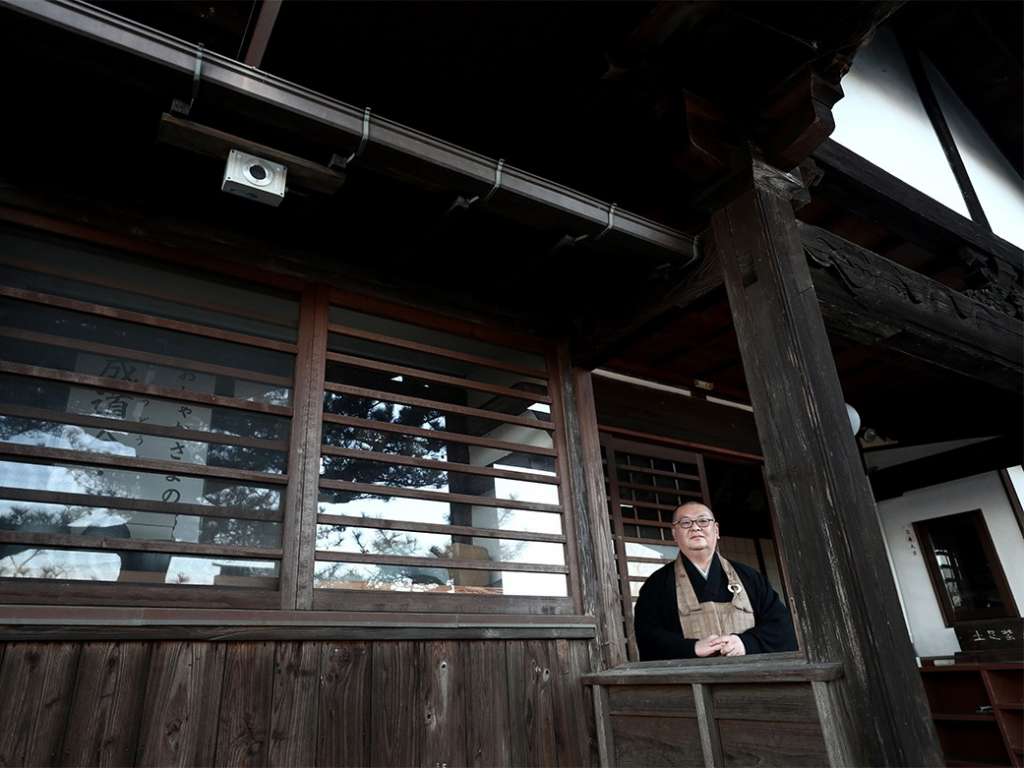
An Important Tool for Researchers
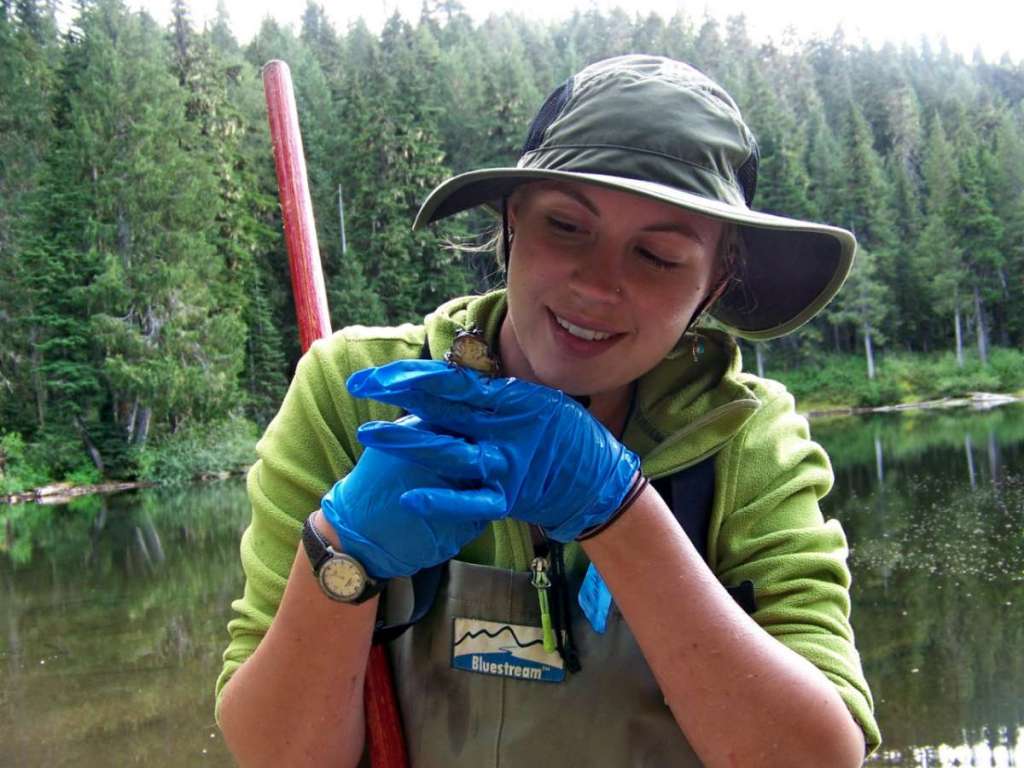
Citizen Science: Everybody Counts
Become a Citizen Scientist to Protect the Planet!
History of Citizen Science
Citizen Science: A revolutionary idea
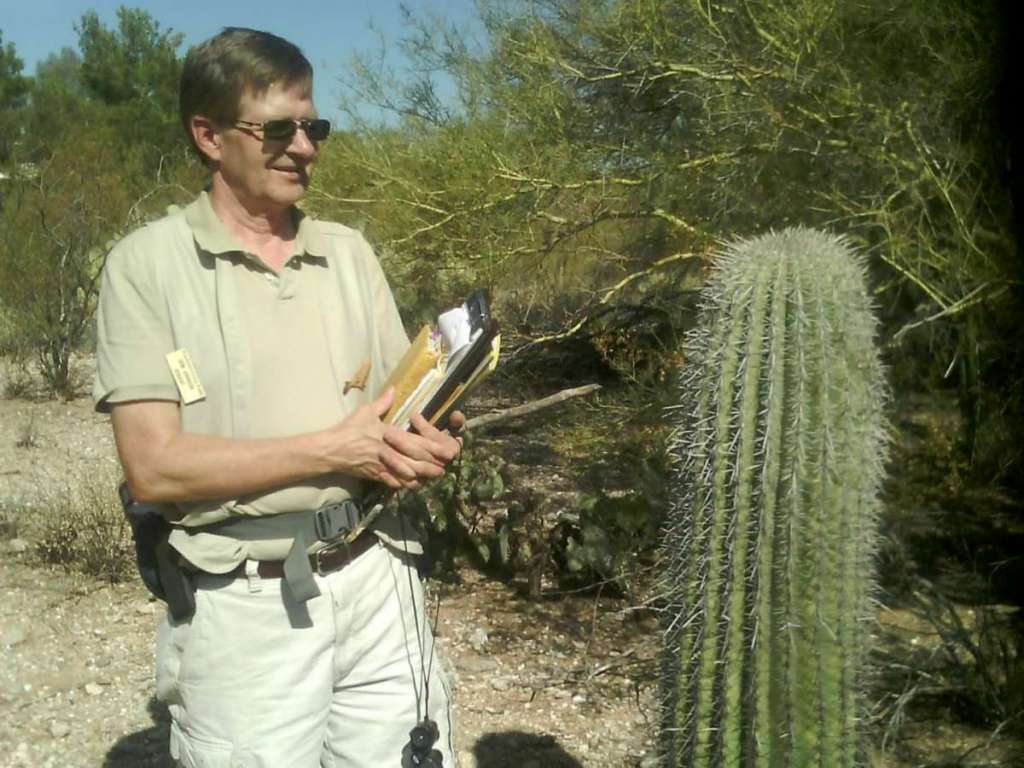
Citizen Science Takes Root
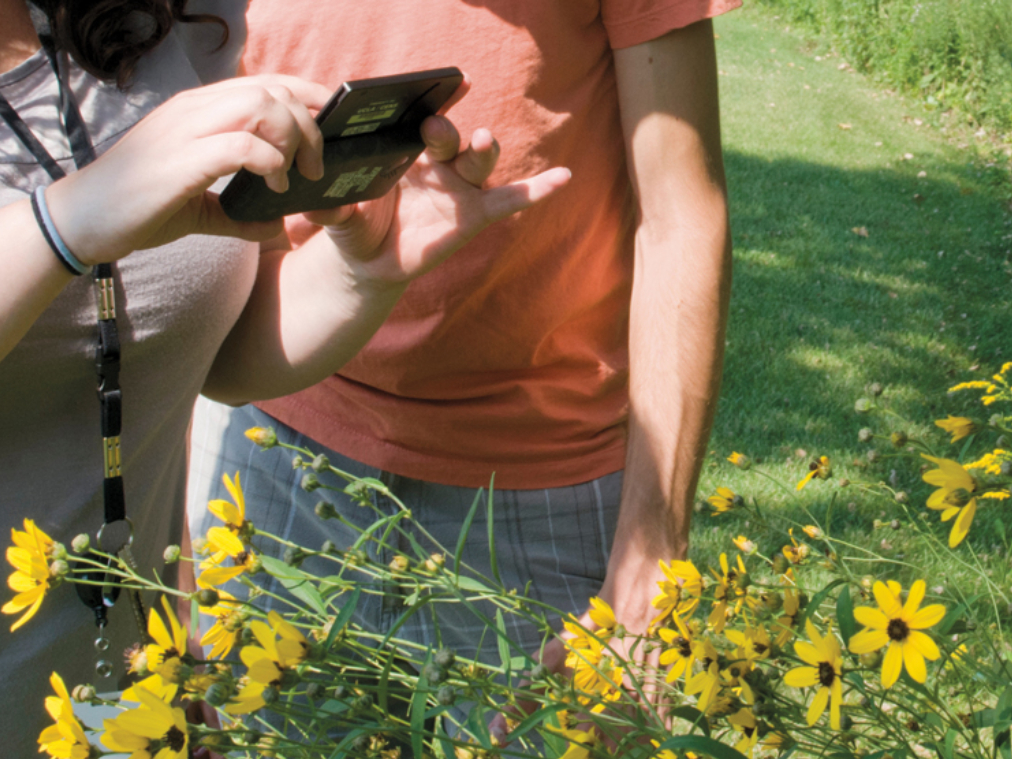
What is Citizen Science, Internationally?
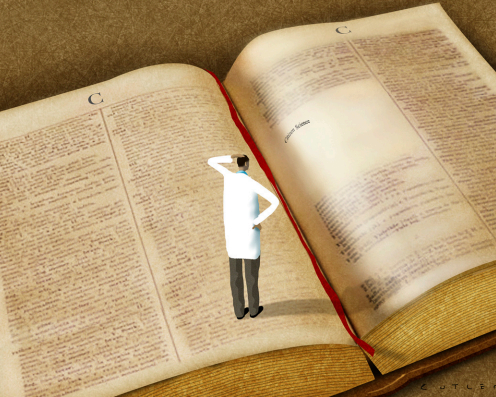
Can Citizen Science Save Us?
The Future of Research: Citizen Science!
Activity Time
Introduction to Citizen Science
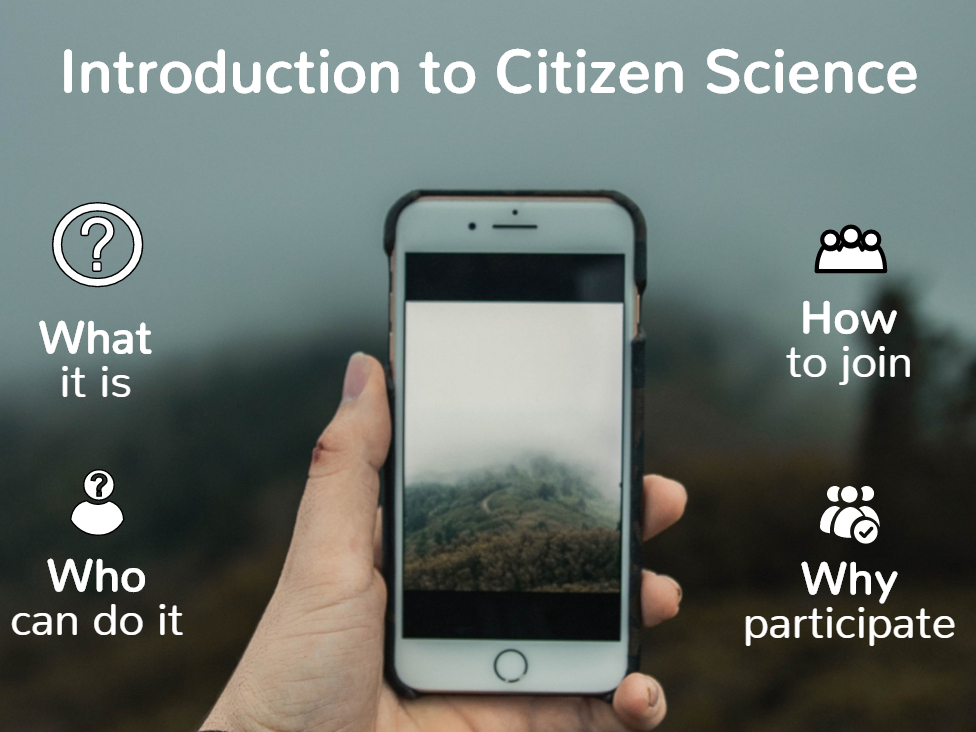
Choose Your Own Citizen Science Project
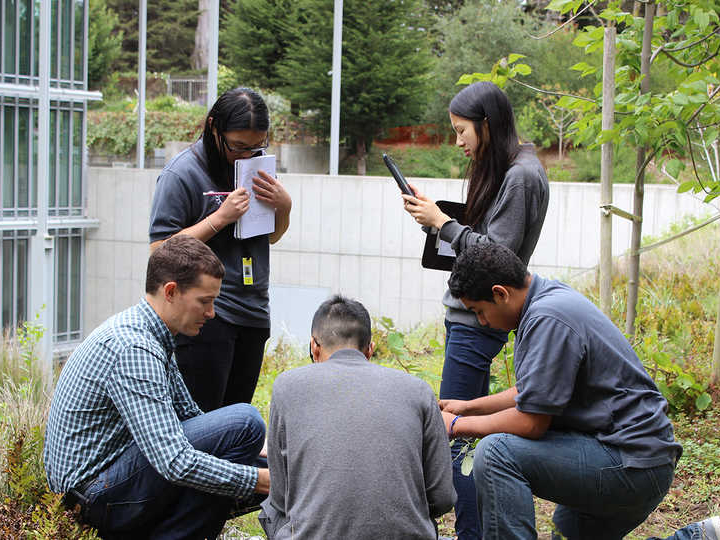
Find a Project: PBS Kids
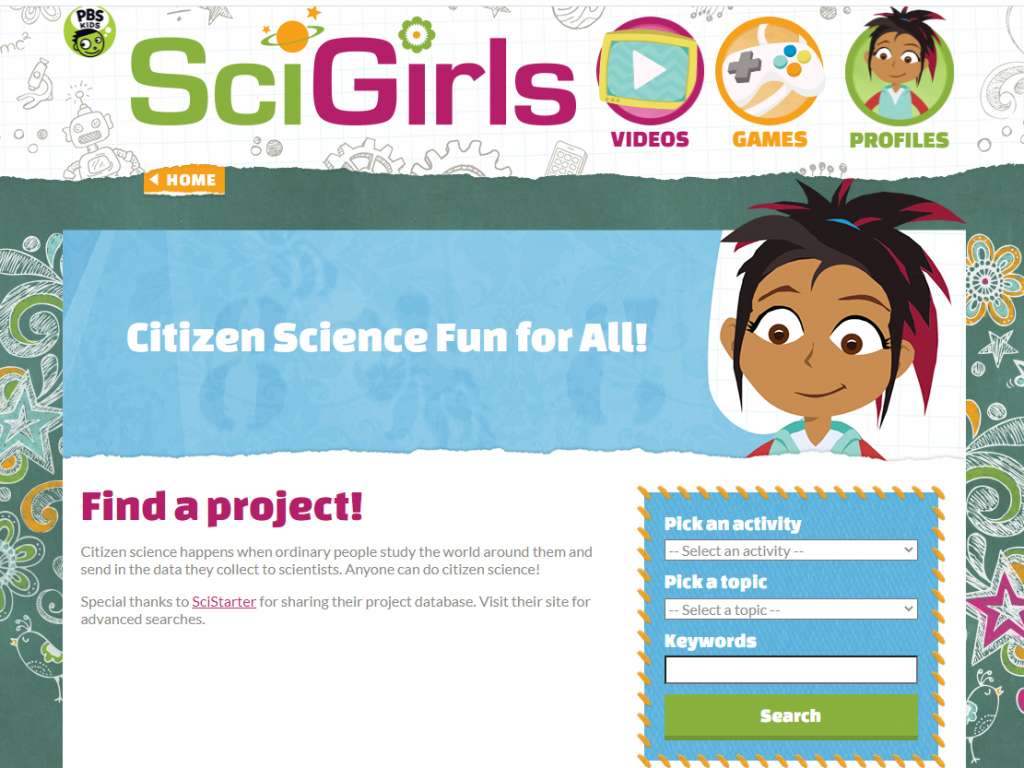
Day 2 – Hands-On Science
Tohono Chul Volunteer Studies
Butterfly Census
Every week, docent Andy Hogan visits the Tohono Chul gardens to observe butterfly activity.
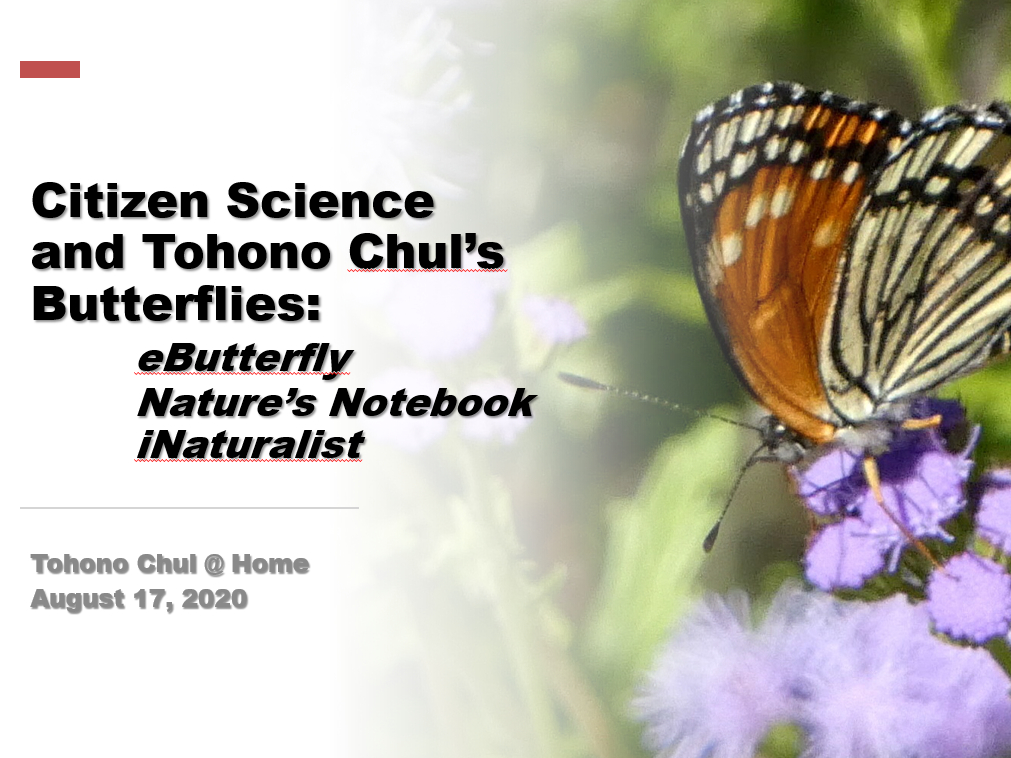
Saguaro Growth Study
Since 1999, a team of dedicated docents and volunteers have been tracking the growth of more than 200 Saguaros on grounds.
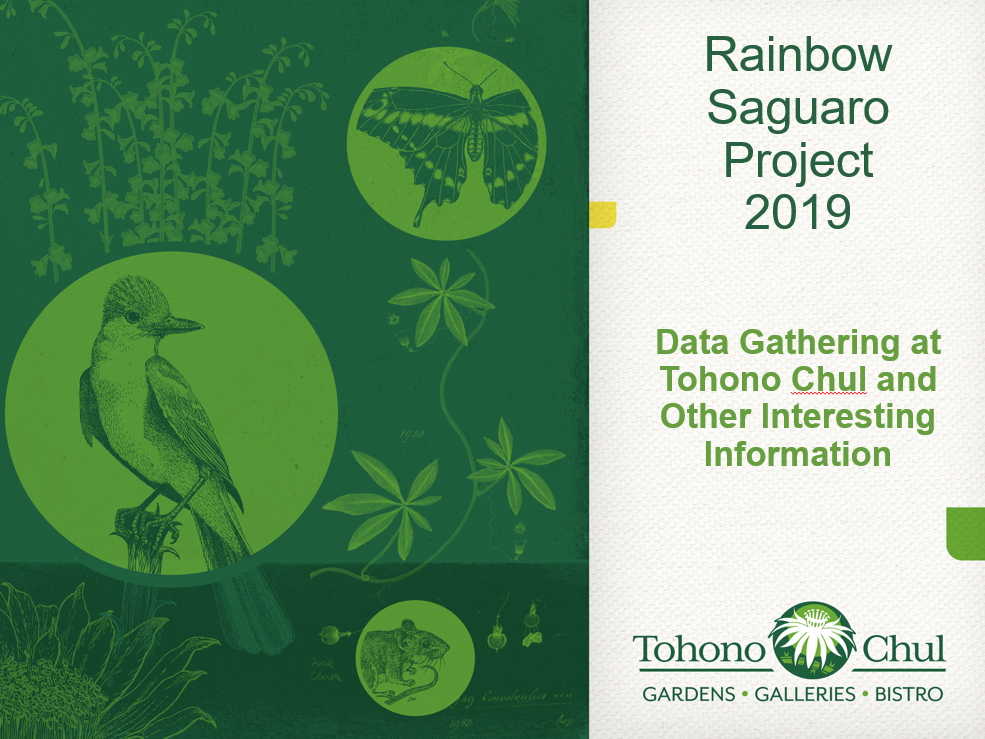
Plant Phenology
This pilot project with the Center for Academically Talented Students (C.A.T.S.) Flowing Wells Schools District.
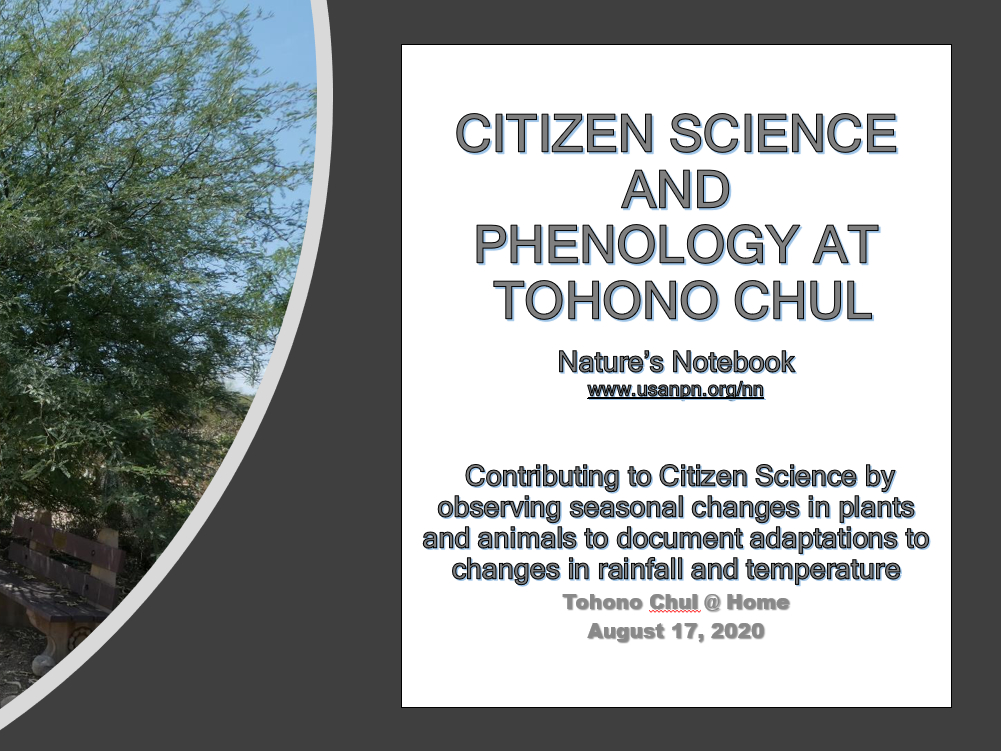
Learn More with Apps
iNaturalist
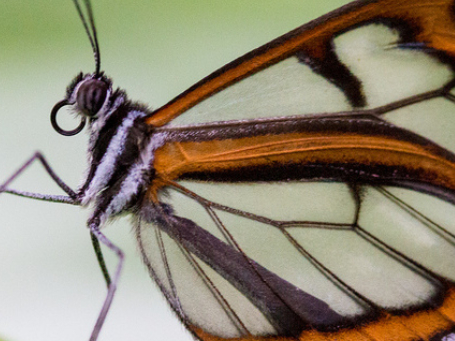
eButterfly
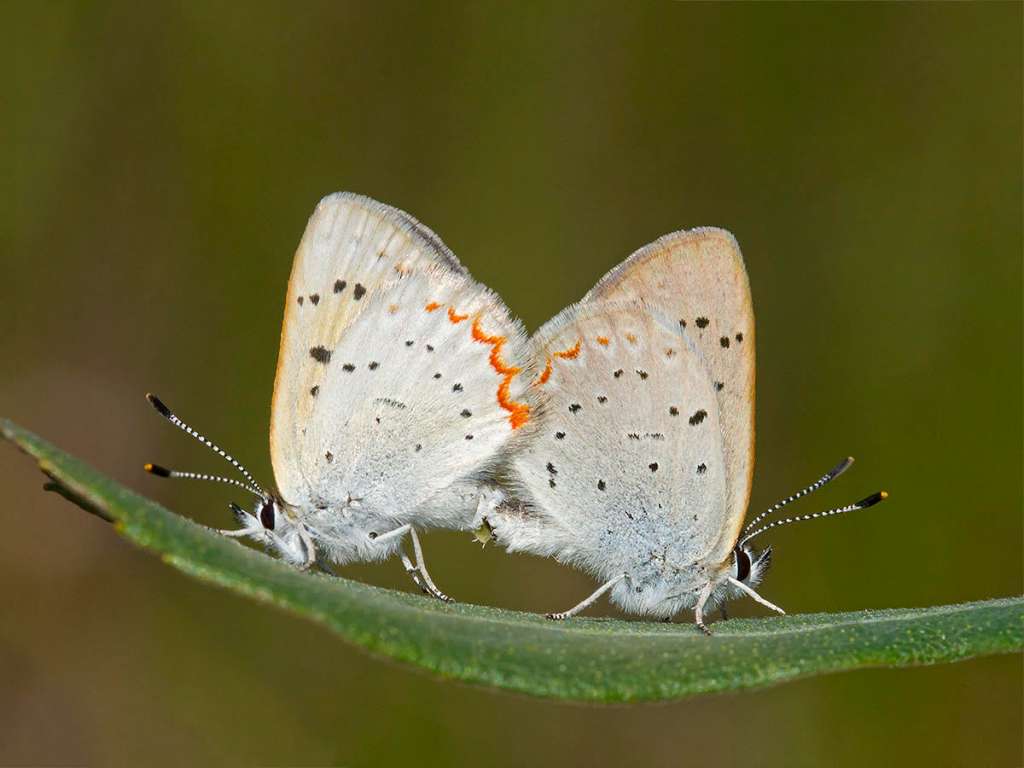
iBird
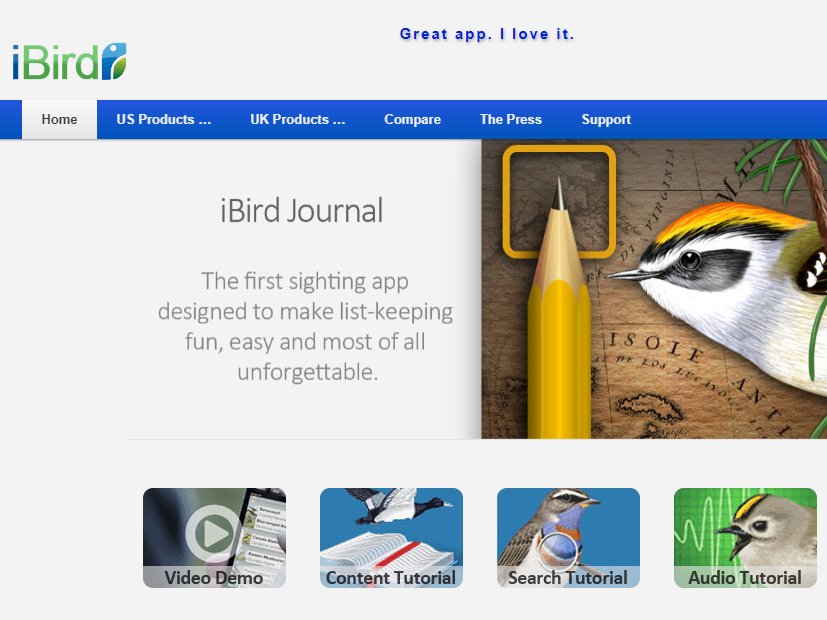
[expand title=”MORE APPS” rel=”fiction”]
Merlin
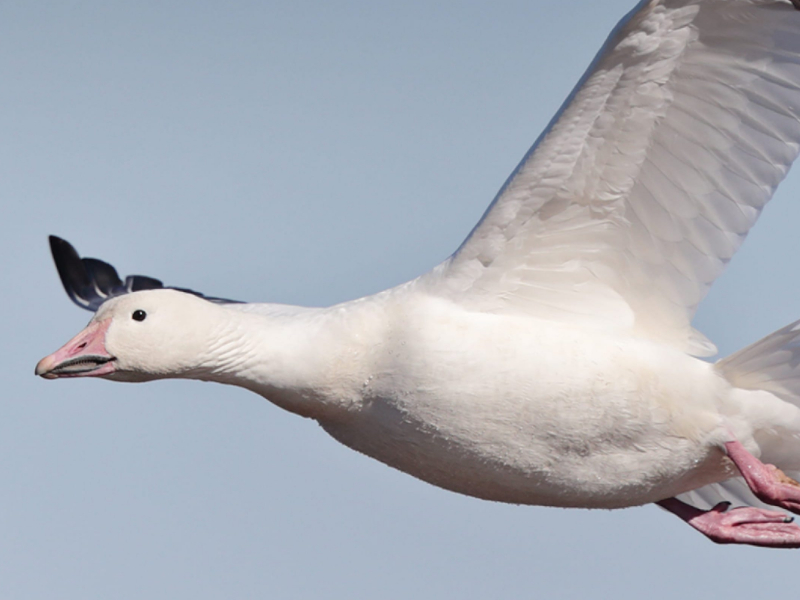
PlantSnap
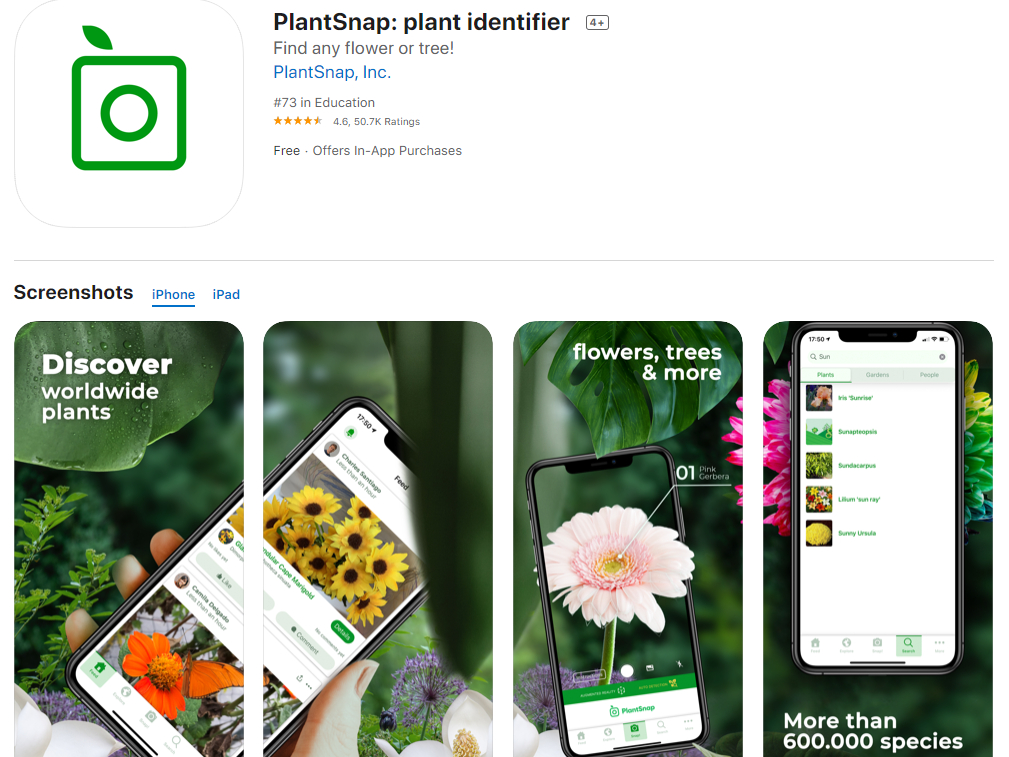
Picture Insect
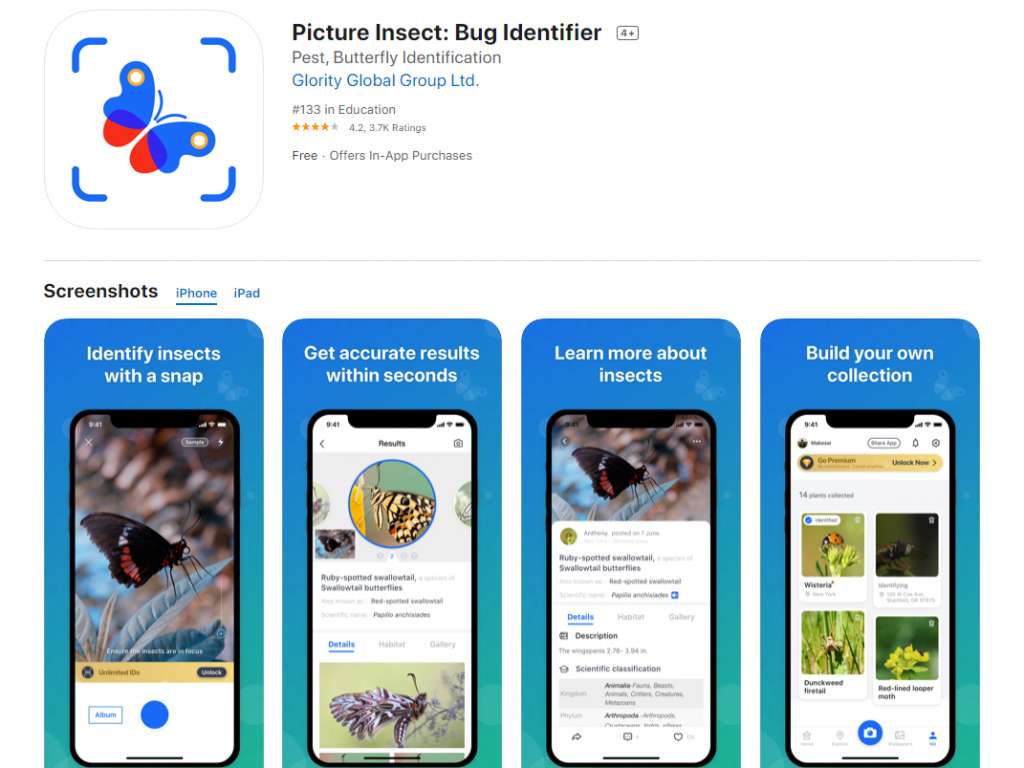
[/expand]
Finding Forums
Bumble Bee Watch
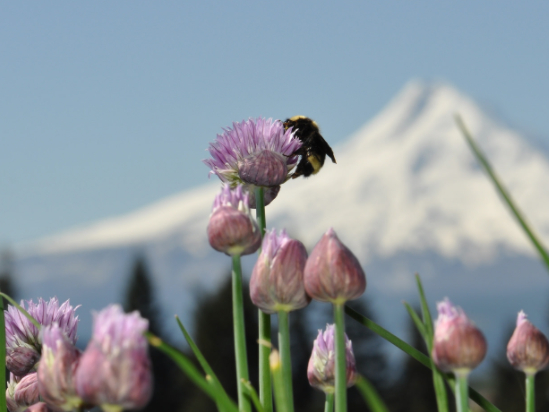
Tracking Monarchs
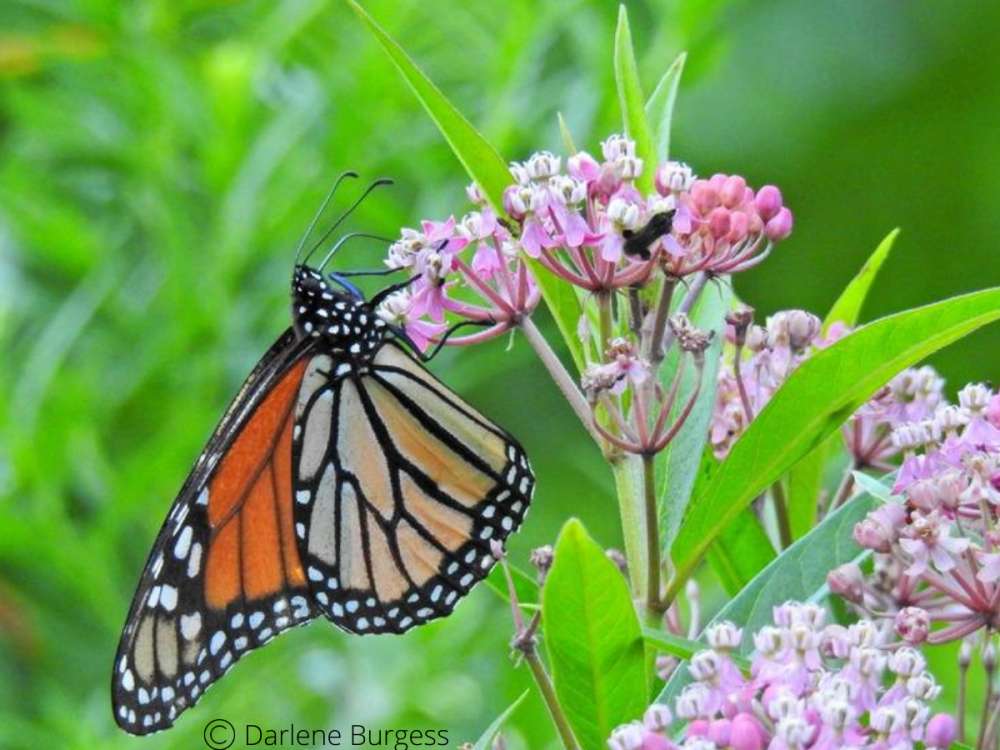
Monarch Watch
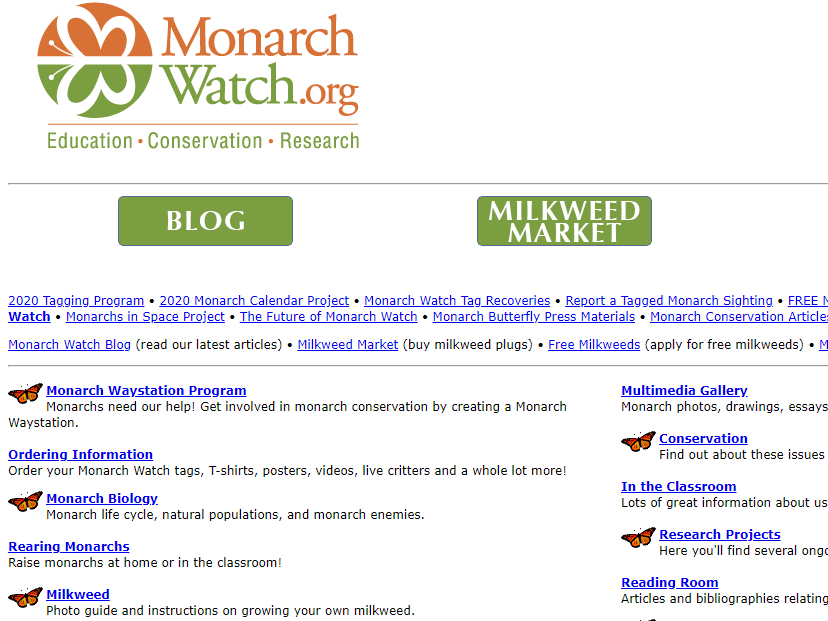
Bug Guide
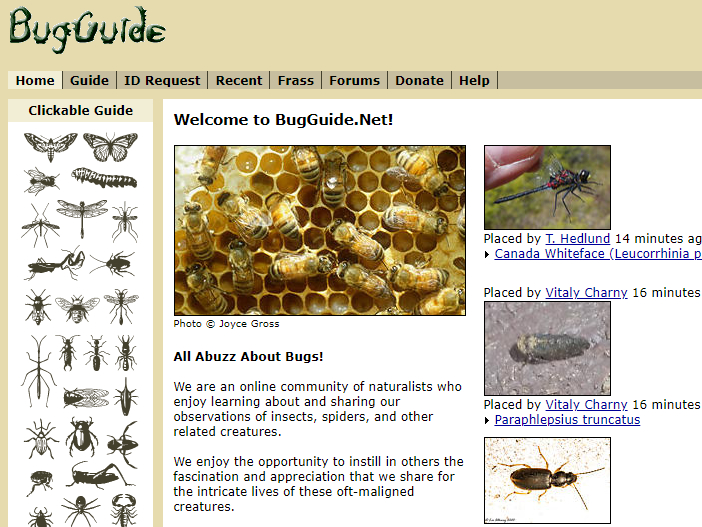
Sonoran Desert Bees

[expand title=”MORE FORUMS” rel=”fiction”]
Frog Watch USA
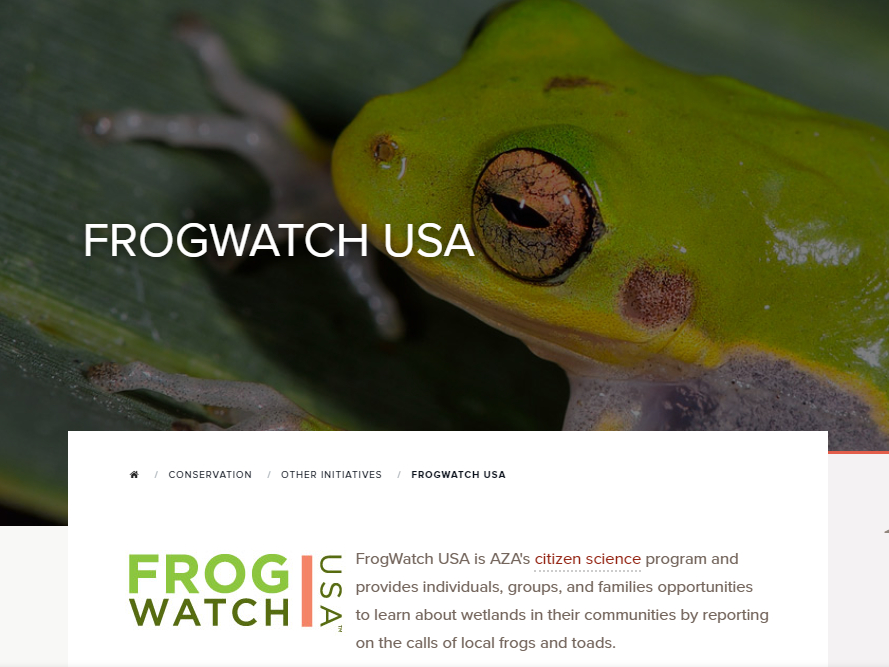
The Cornell Lab
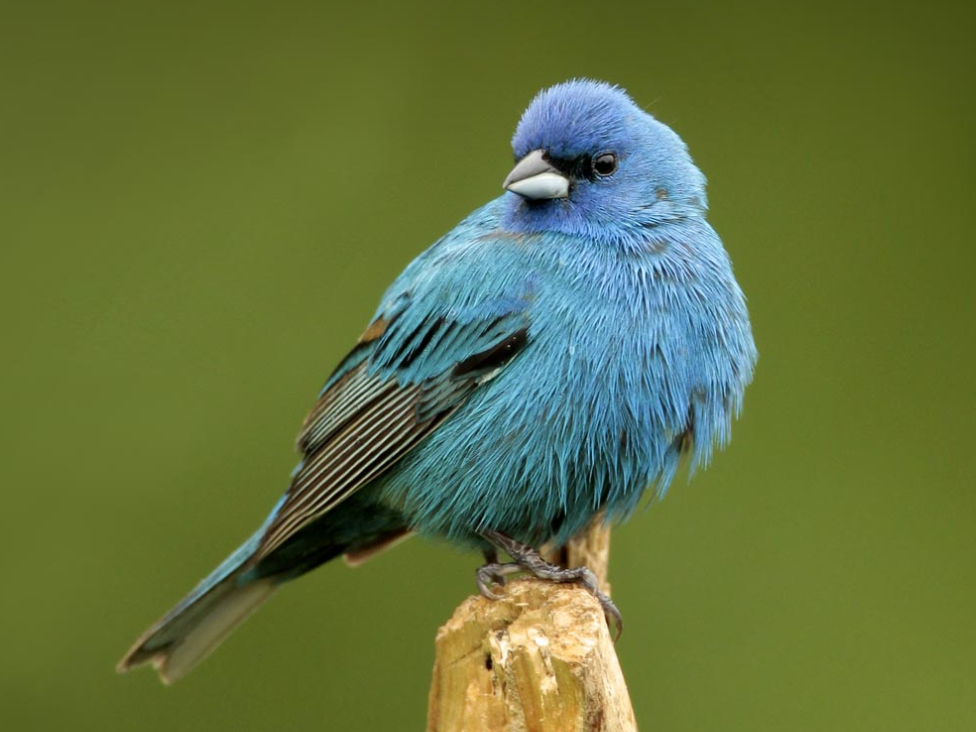
Zooniverse
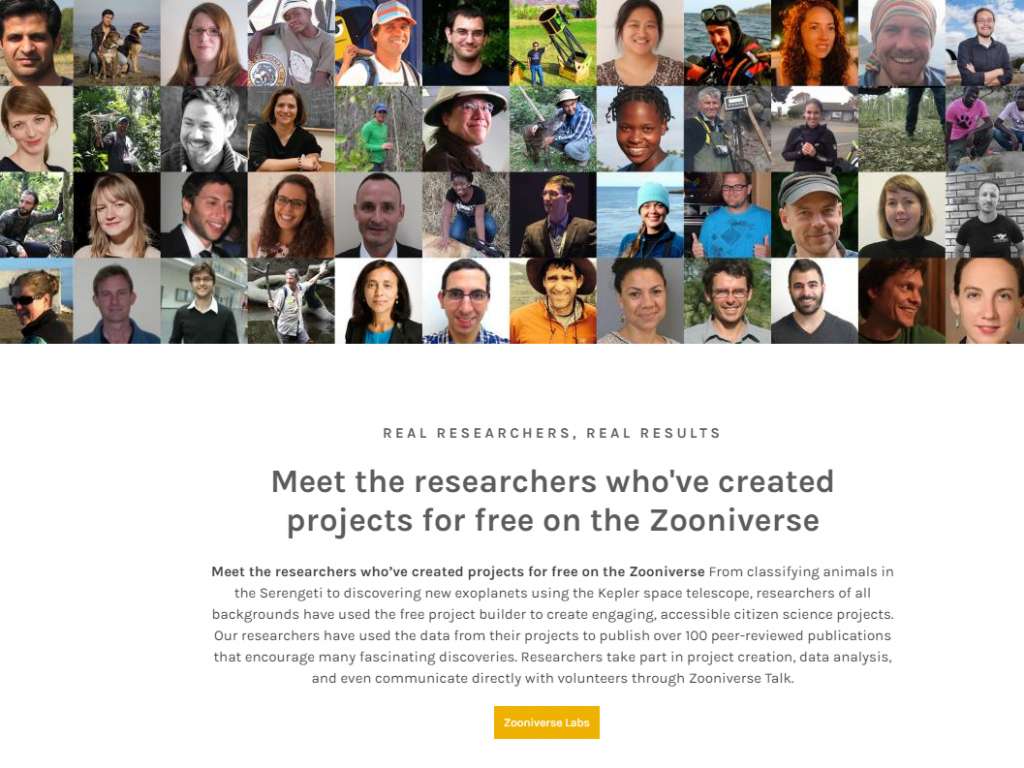
Old Weather
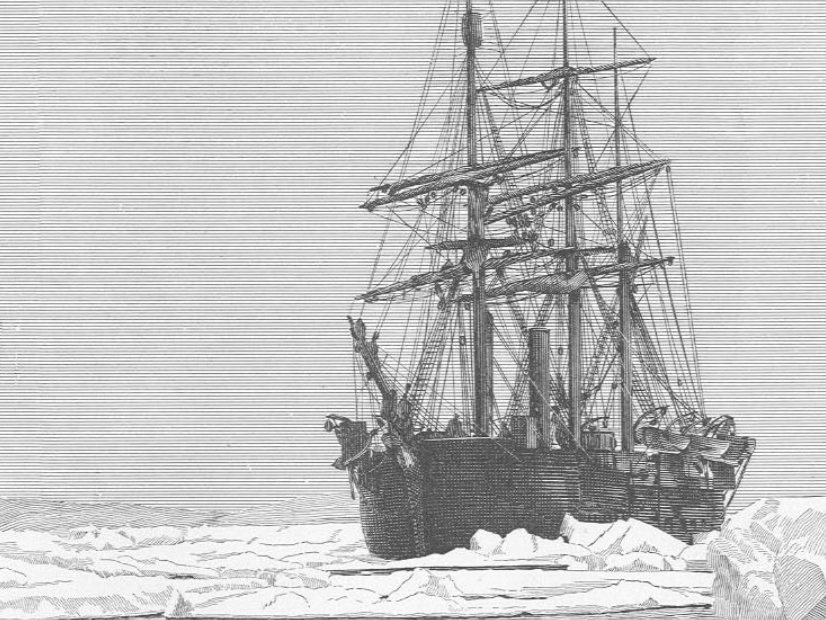
Eyewire
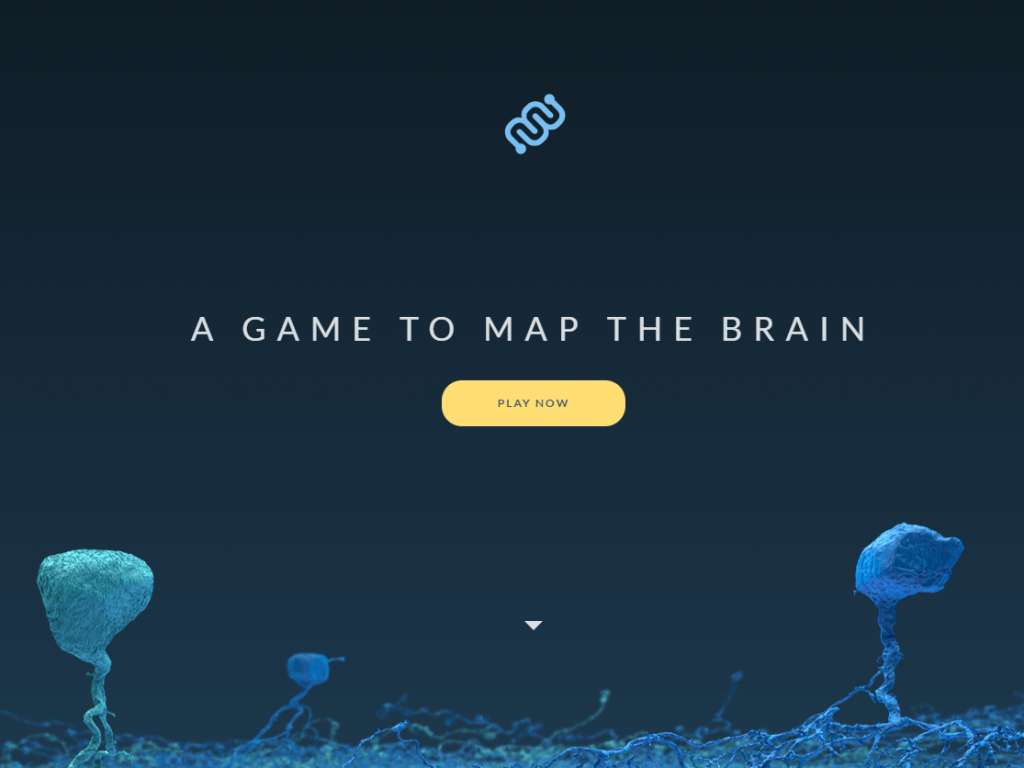
Southwest Monarch Study
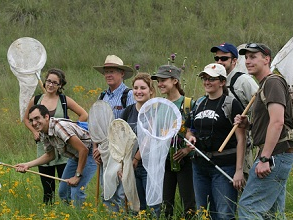
Seti @home

Earth Dive
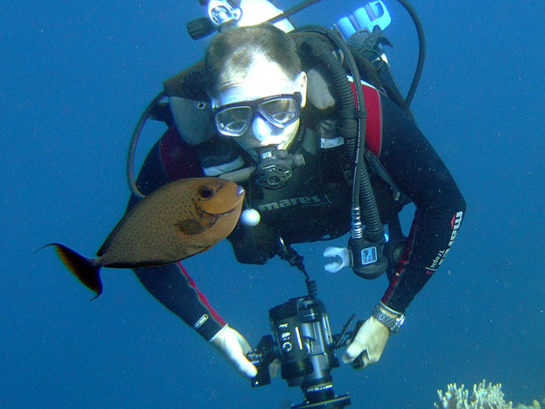
Become a Citizen Scientist
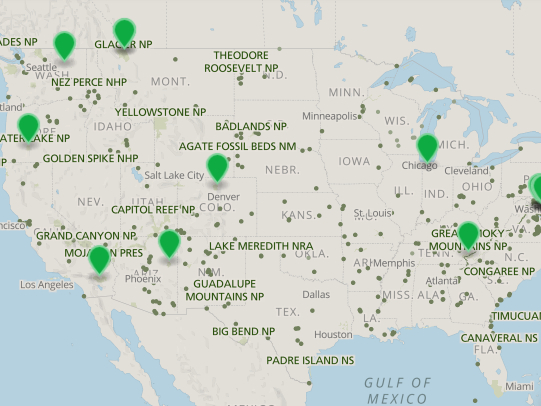
[/expand]
Resources
SciStarter
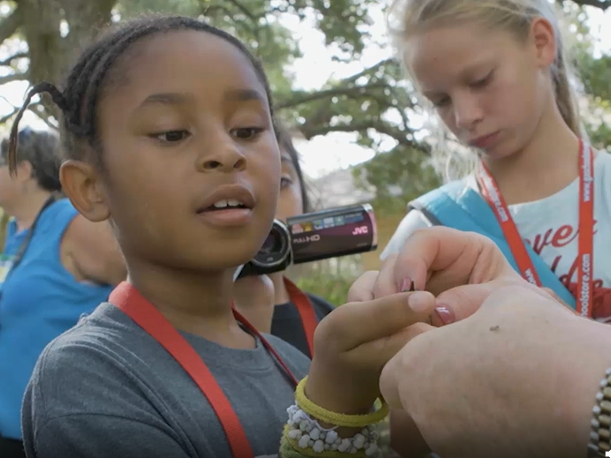
Help Federal Agencies
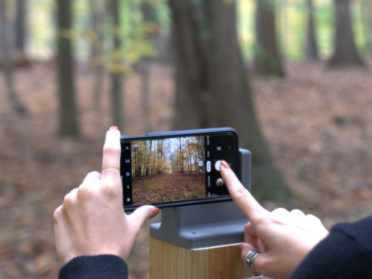
Integrity in Science
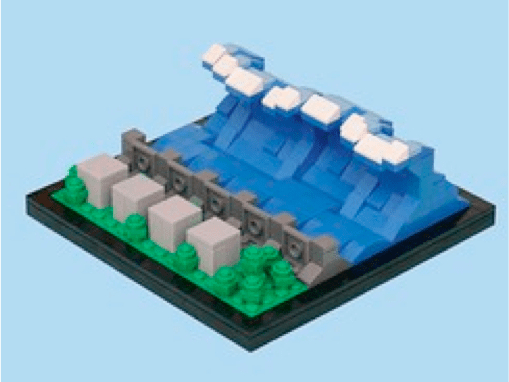
Day 3 – Artistic Expression
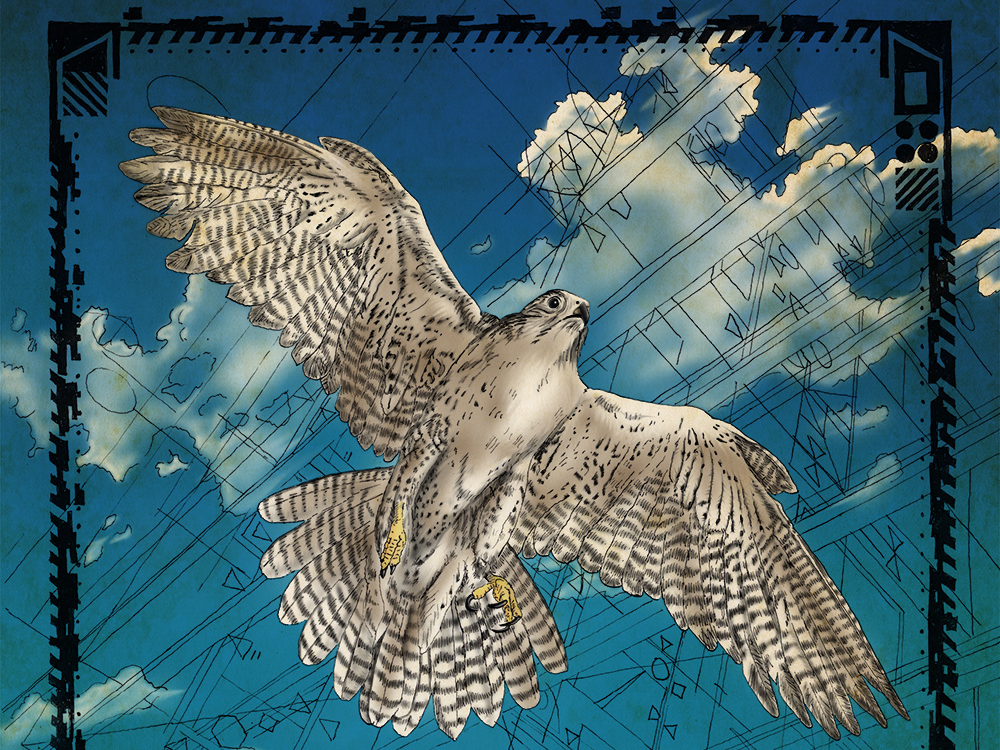
Download this week’s coloring sheets dedicated to Citizen Science
Get To Know The Artist
Tom Baumgartner
Tom has painted in oil and drawn with ink for 30 years with a BFA from the School of the Art Institute of Chicago. He has lived in Tucson for 20 years and has been actively involved with local arts organizations as well as founder of Wee Gallery. A life-long nature lover, his art has a focus on the desert landscape, automatic writing, and aesthetics of science. Tom is currently Creative Director for AlphaGraphics in Tucson.
To learn more about Tom and his work, visit http://patterntology.com/
All prints are available for sale in the La Galleria gift shop
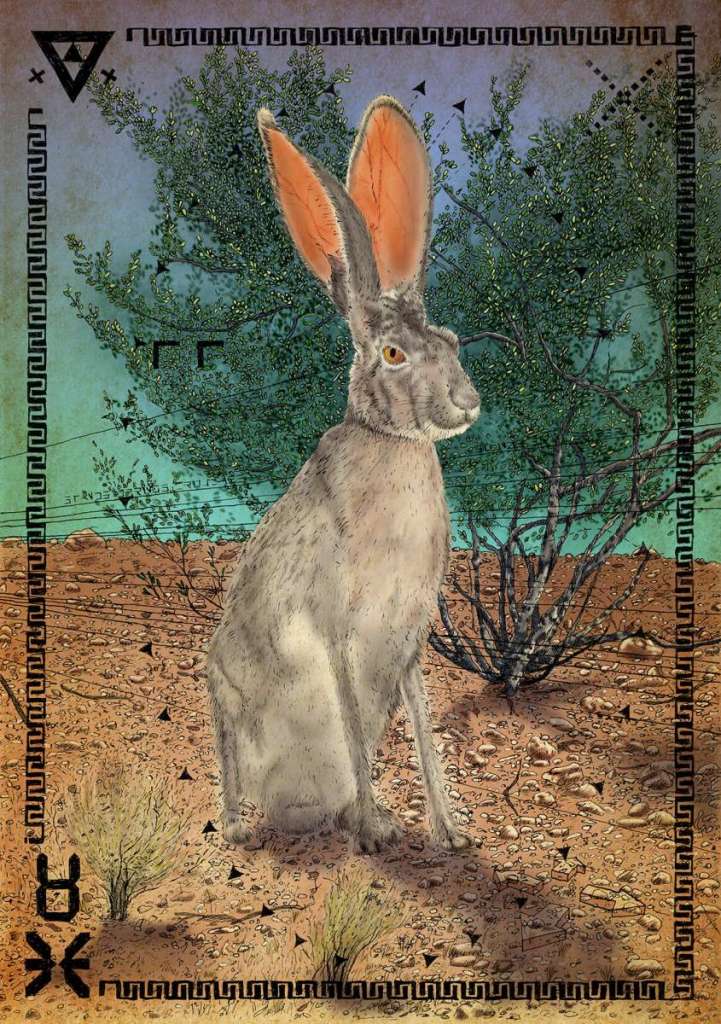
Lepus Allenix
“Meeting an antelope hare is like meeting a humble ambassador of the desert. A tall, slender running machine with long, alert ears always scanning. Their unusually large size
More
has startled me more than once as I think there is a dog sitting there perfectly still. Maybe some type of greyhound. Creosote bushes are their perfectly-to-scale forest with plenty of room between bushes for multiple getaways. Heavily predated, they run, hide and breed with great proficiency.
There is something mysterious about the rabbits and hares. Not as much a sense of distrust but an inner alert and meditative wisdom. I was thinking about this stately way of being near the bottom of the food chain, its strategy of multiple escape plans and its zig-zag getaway move to throw predators off the trail.”
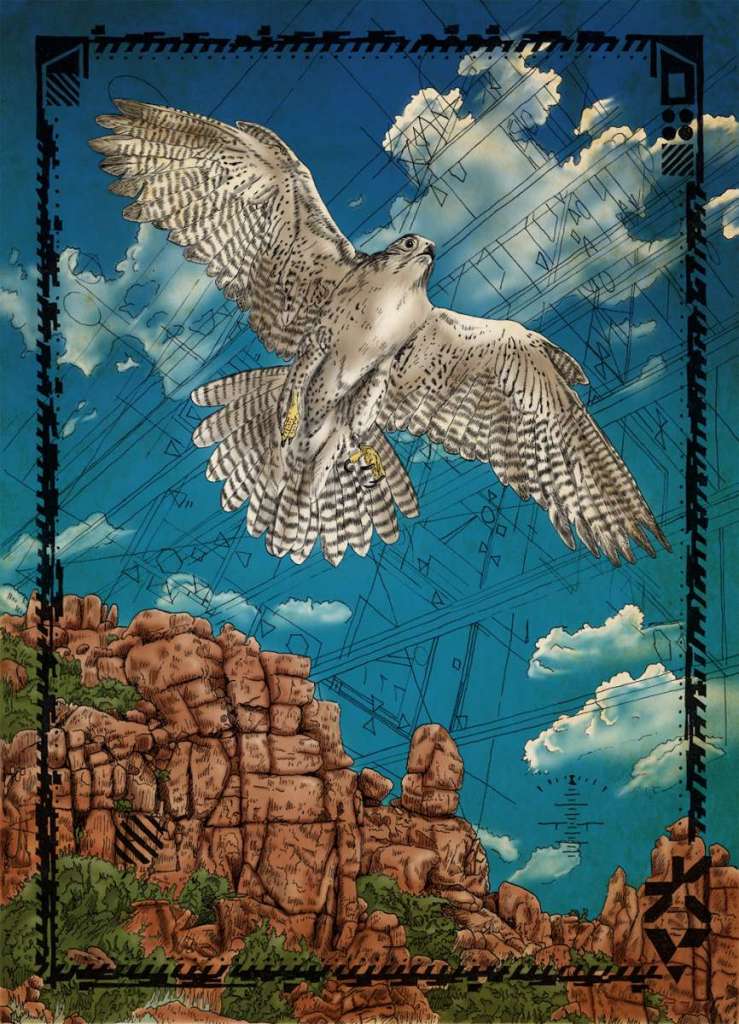
Peregrix
“The Peregrine Falcon is a wide-ranging species and a seasonal migrator, but the Sonoran Desert is one place it breeds and calls home all year round. I have some nesting near
More
my office, and at break time in the back when the wind is flowing over the Tucson Mountains, one of them might kite slow and low over me to take a look. Then there is that sound effect Hollywood is so fond of.
Out in the desert, circling in long slow arcs among rock towers and dodging dust devils, birds have a different spatial reality than we do — especially the strong fliers of the predatory world. Looking up at them, we are like the bottom feeders of the sky sea.
In this piece, I was thinking about the layers of air being like floors in a multistory building. I see birds cruising for prey, but sometimes I see them way up there on the top floor, far beyond hunting zones, watching the curvature of the earth and soaring smoothly on thermals.”
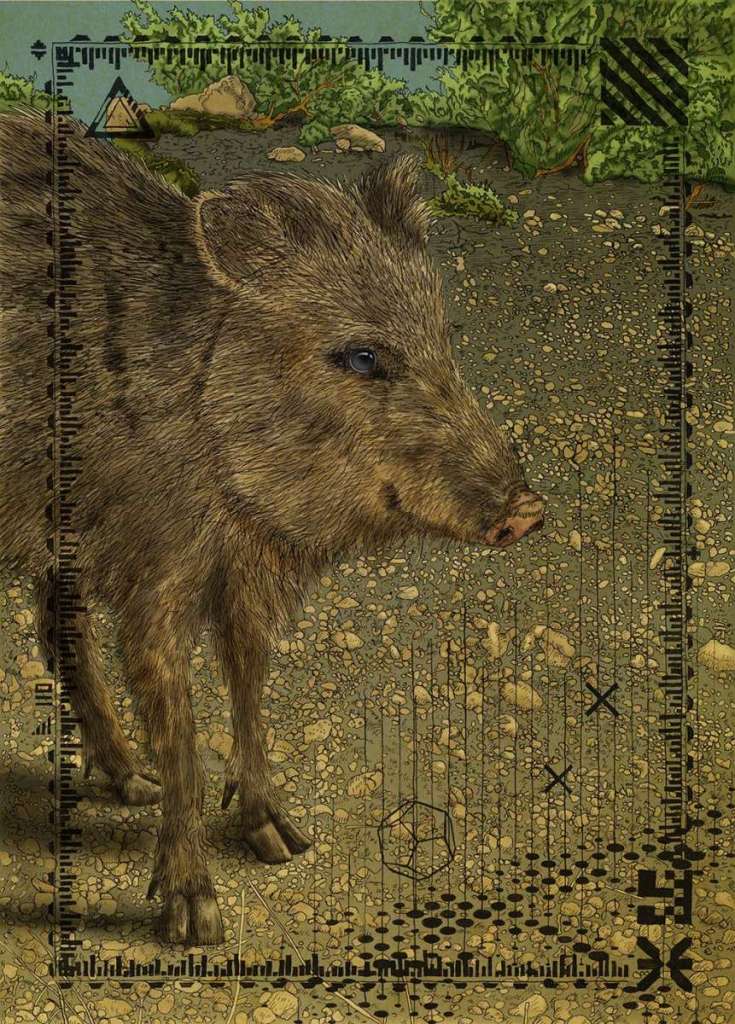
Javalinix
“The first time I heard of the javelina was during a horseback ride when the trail guide started describing a vicious black pig of the desert that would attack cattle and horses.
More
The first time I saw a javelina; he saw me and ran away. The second time I saw a javelina was in a parking lot. He was wandering around the cars and sniffing around trashcans.
Since those encounters, I happen upon them as a common occurrence on trails and try to keep my distance. Once during a dry spell, three large ones walked down my street like a gang of tough guys unafraid of the urban environment around them.
Most of the time I am amazed the Sonoran Desert can support mammals this big and then remember this is a pretty green desert, as far as deserts go. As a regional character, the javelina is pretty famous; adorning postcards, lawn ornaments and mailboxes. As a wild animal, it is tough, crafty and fearless.
I was thinking about their sense of smell that is way better than their eyesight. That sense of smell helps them root out seeds, meats, fruits grasses and roots. A scent gland on the rear of their back help them communicate with each other. So yeah, I was thinking about navigating by smell in this piece.”

Canix
“Coyote is cunning. Coyote is opportunistic. Coyote is curious. Coyote is a hardy survivor like the desert itself. This is why the coyote is feared and hated. Coyote is the
More
brother of the wolf, and both are the oldest branches of the canine genetic tree.
I cannot help seeing ‘dog’ when I encounter them. My reaction to them is always awe mixed with a little caution. A pack of three moved into an abandoned area near my house. Walking my dog Scout there one day, the coyotes approached. Scout played with one of them like they were puppies. I was amazed how they immediately turned to play. I swiveled around to see the other two carefully moving into a position to circle us. It might have been a defensive strategy but being out-numbered, I tossed rocks to break up their plan. Another time I was hiking down a wash with Scout when a group of eight came toward us. I called Scout next to me as the coyotes fanned out, slowing and sniffing as they passed, and went on their way.
The eyes and ears of the desert, they want to know whose coming and going. My piece has a coyote at dusk keeping an eye on the horizon, ears focused and nose scanning for changes in the air.”
Day 4 – Artistic Interpretation
Kate Long Hodges
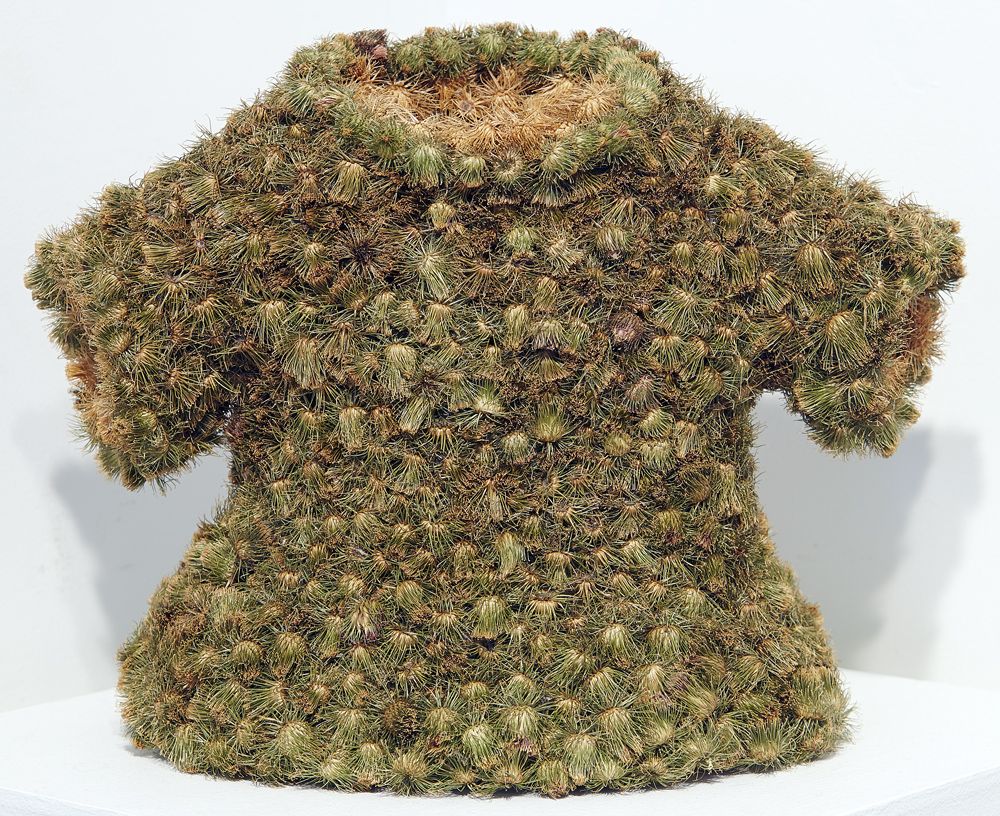
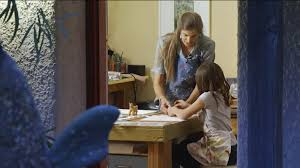
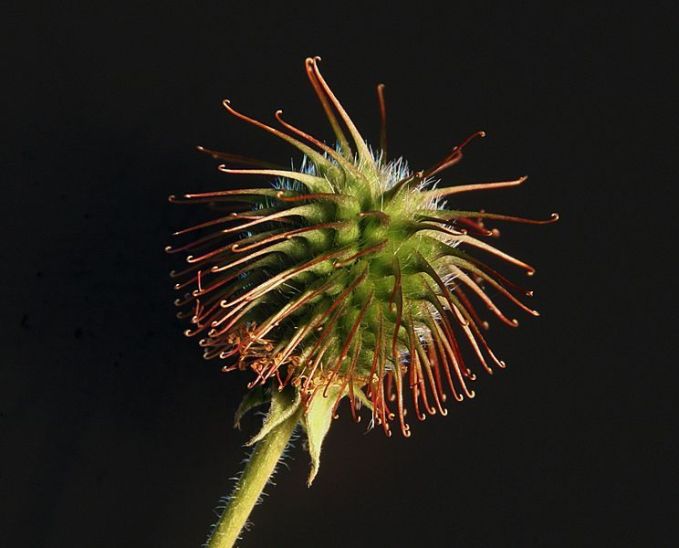
This work is about walking the land and finding things on the ground, hunting and gathering, not to capture, but to experience being present. To see the elegant strength of a thorn, to feel the strange softness of a rough-hooked burr, these are the conversations I have with plants as I listen to a place.
More
The materials come from places I have lived, lichen from Alaska, thorns from Honduras, tree roots from Vermont, and Agave thorns from the Arizona desert. These natural elements migrate with me and often find a home in my sculpture. The work comes together in the form of flying dresses and floating shirts, in celebration of our union with the earth. They have spines but also sails, hovering in antique lace and black velvet skies. They are resilient. The gold burr shirt has aged over 15 years to achieve that rich color. The green burrs recently gathered, eventually shift to gold in time.
My history is rooted in trees, but my expanding heart lives with the desert. Let our roots fuel us to be curious about all sides of place, the fierce and gentle, to embrace both and step into the sun.
Biomimicry: The Burdock Burr and its nature-inspired design (article and videos)
From Nature to NASA: The Fascinating Story of Velcro, A Pioneering Masterpiece of Biomimicry https://www.brainpickings.org/2011/05/13/happy-birthday-velcro/
To learn more about Kate Long Hodges go to: https://www.instagram.com/litllightning/?hl=en and (video) https://tv.azpm.org/p/originals-azill-arts/2016/1/26/80741-nature-and-art/
Alexandra Bowers
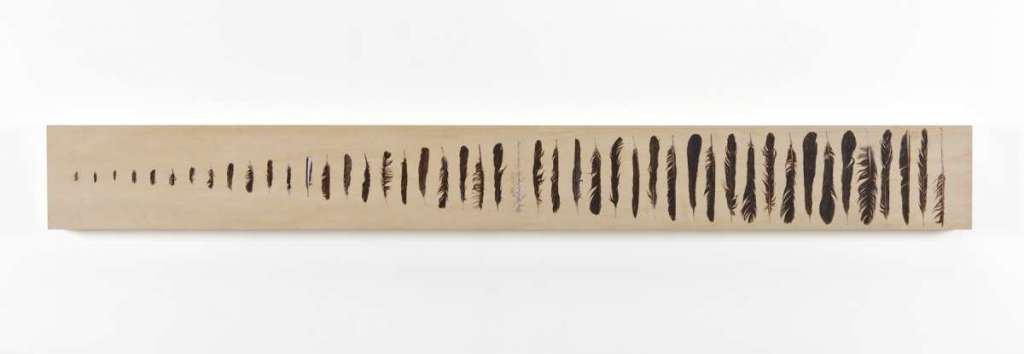
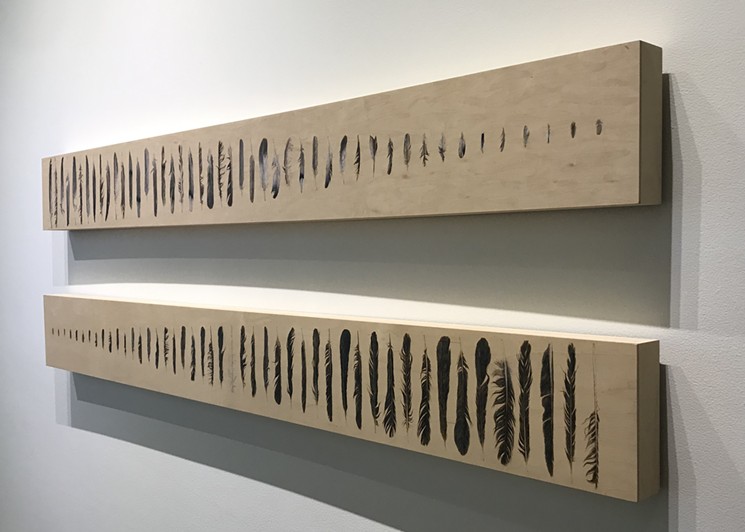
Found Feathers, Part III is comprised of 46 feathers found on different days, at different times. Some feathers were found individually, some collectively. They act as personal reminders for me to stop, look, and appreciate the little things that make up the “in between” spaces that construct my days.
Each moment of everyday can so easily be filled, when do we give ourselves time to pause, to think of nothing? To appreciate what’s naturally around us.
More
Found feathers, Part III also asks some simple questions; what kind of bird did this feather come from? Where was it heading when it lost this feather? It also perpetuates to ask some larger questions for us as humans: where are we going? What is next on our journey through this life? And finally, what mechanisms are we using to propel us forward to get to those destinations?
Biomimicry exhibit showcases how nature can solve humanity’s problems
Biomimicry Exhibit in Tempe Looks at Nature-Inspired Design
https://kjzz.org/content/486000/biomimicry-exhibit-tempe-looks-nature-inspired-design
to learn more about ALEXANDRA BOWERS and how to be a part of her upcoming project
FOUND FEATHERS at the Mesa Arts Center go to: https://alexandrabowersart.com/home.html
https://www.mesaartscenter.com/index.php/museum/art/exhibits/alexandra-bowers
Biomimicry | Sustainable Innovation Inspired by Nature at Tohono Chul
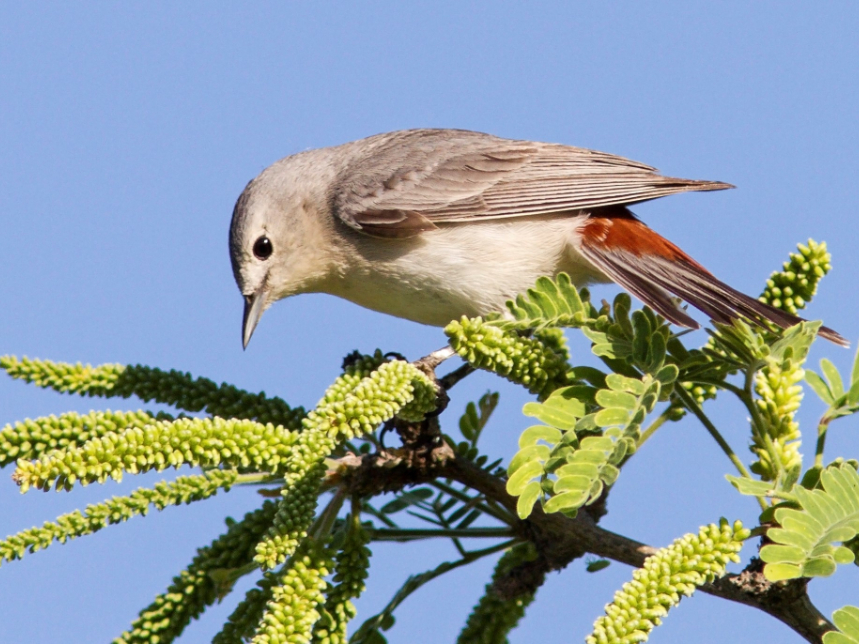
The little Lucy’s Warblers nest boxes found throughout Tohono Chul’s gardens and available in the La Galeria Museum Shop (in conjunction with the Tucson Audubon Society) are a great example of BIOMIMICRY. The triangular two openings/exits design of the nest box replicates the Lucy’s Warblers preferred natural nesting site of triangular sections of peeling bark in mature mesquite trees.
Biomimicry All Over
The world is poorly designed. But copying nature helps.
Biomimicry
Janine Benyus: Biomimicry in action
Biomimicry for Better Design
Ask Nature
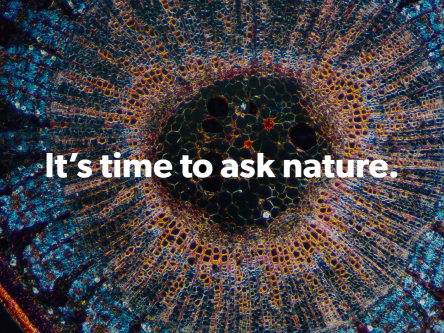
Biomimicry Institute
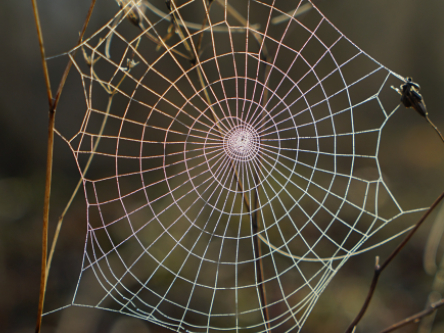
Architecture Inspired by Nature
Biomimicry from Art Nouveau to Neo-Futurism
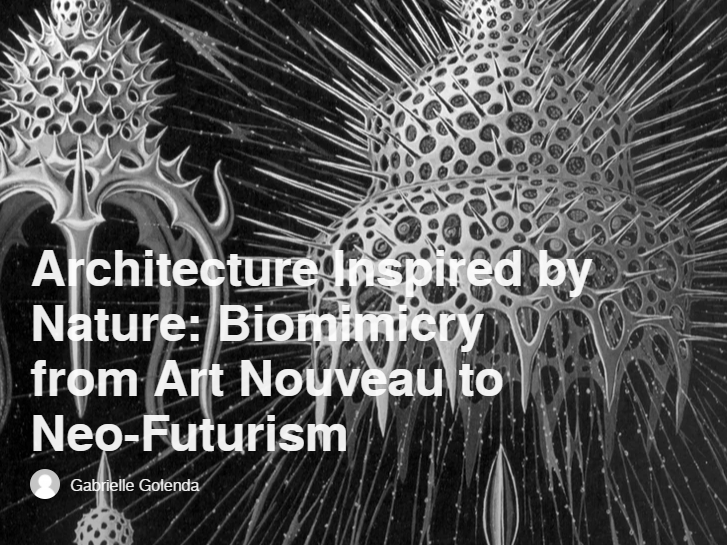
Saraceno: Conversations on Biomimicry
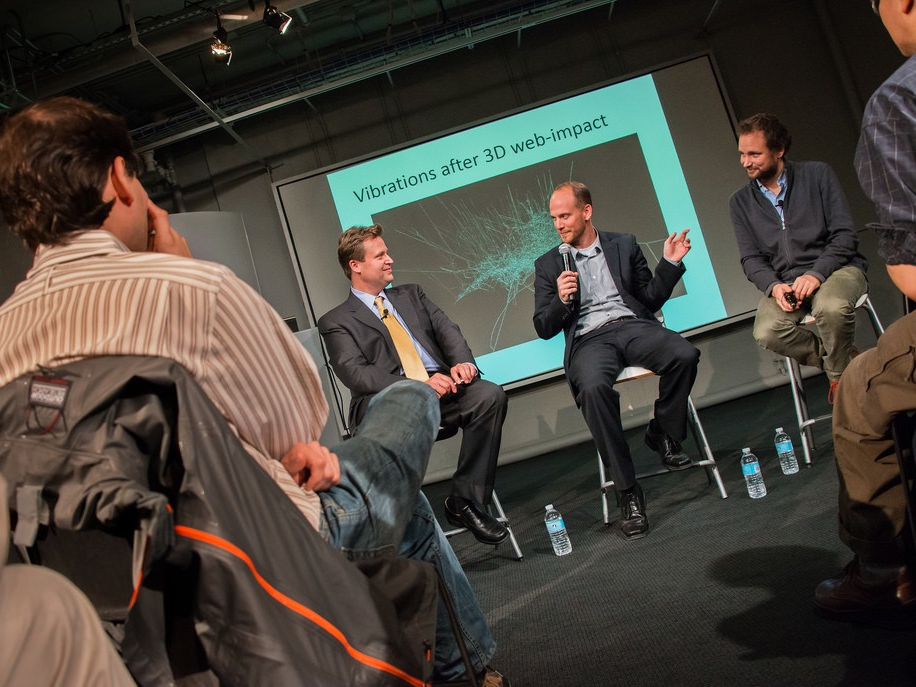
Day 5 – Weekend Inspiration
Set up your own Citizen Science observations in your backyard.
With the help of nature’s notebook you can do it in 3 easy steps!
1. Join nature’s notebook
2. Set up an account
3. Start observing
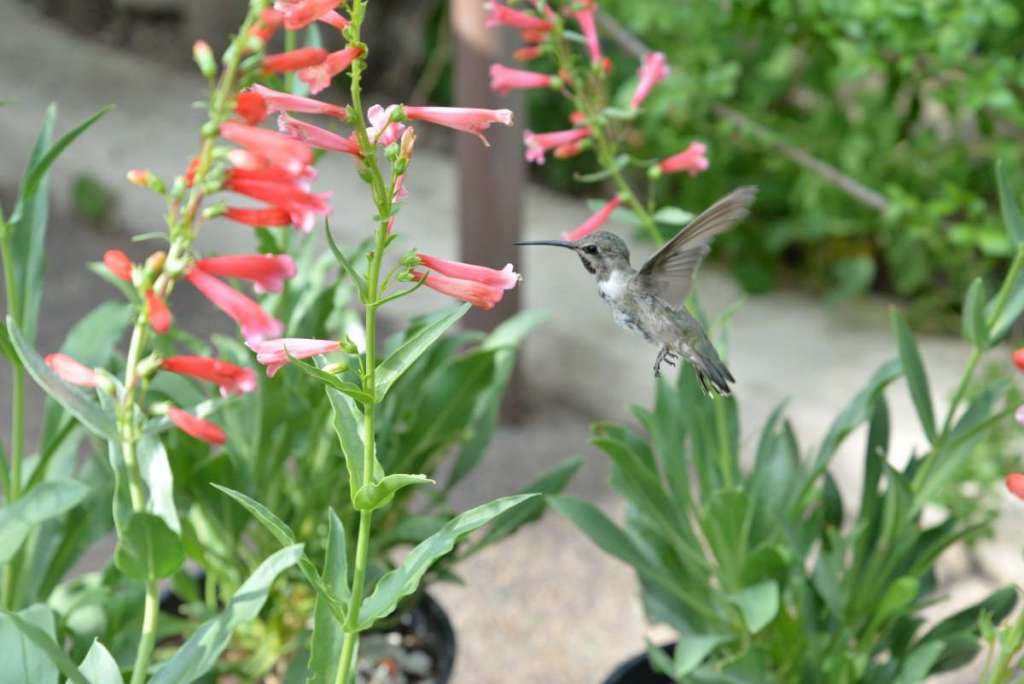
Or find a project to join on SciStarter
SciStarter is the place to find, join, and contribute to science through more than 3,000 formal and informal research projects, events and tools. Our community of citizen science projects enables discovery, organization, and greater participation in science. This is also the place to track your contributions, bookmark things you like, and network with others. Join SciStarter to get started.

Next Week’s Theme
